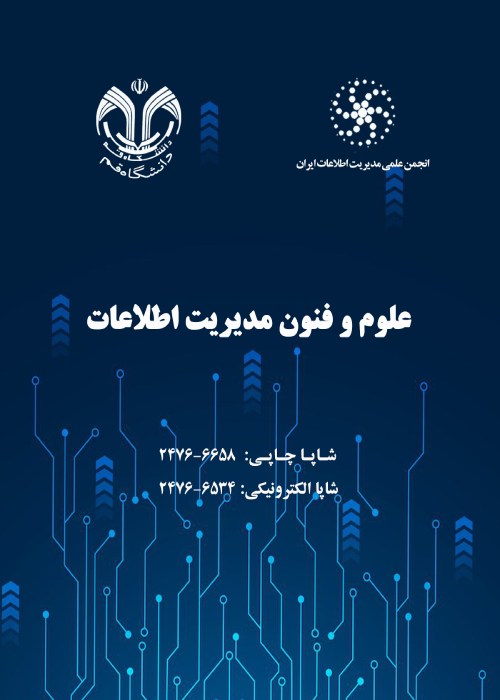Artificial Intelligence, COVID-19, Infectious Diseases, Internet of Things, Machine Learning
The development of information technology and its use in the health system have undertaken numerous measures for the protection and promotion of human health. However, long-term threats and the recurrence of infectious diseases are still the challenges in the world. Management of infectious diseases is of paramount importance in the global health system and is very complicated. Therefore, the aim of this research is designing a model to predict the covid-19 using artificial intelligence, which will ultimately be useful for rapid detection and control of Covid-19.
To design a proposed model to analyze the spread of infectious diseases, an intelligent system is presented by combining mathematical dimensions, machine learning, and epidemiology. In this research, the target disease is COVID-19 due to its importance and epidemic. Despite extensive research on this disease, each study focused on a specific area due to its extensive dimension, and no detailed study is available on the main aspects of the disease. The research method is interpretive and exploratory in terms of paradigm and strategy, respectively, and is classified as descriptive-prescriptive in terms of implementation. The research was carried out in a seven-step process.
The results of the systematic review showed the rapid growth of documents since 2015, which can indicate the application of various fields of information technology such as the Internet of Things and machine learning in the field of public health and prevention of infectious diseases.In the algorithm, K values from 1 to 20 neighborhoods were calculated and the best accuracy was obtained at K equal to 2. Therefore, the accuracy of the algorithm is higher than 98% to predict the disease of Covid-19. After calculating the accuracy, the analysis of the confusion matrix showed that in K equal to 2, the sensitivity is 99% and the specificity is 92%.
A comparison of algorithm results shows that in addition to accuracy, sensitivity and specificity obtained for algorithm are higher than traditional methods of diagnosing infectious diseases. Also, due to not having unnecessary complex features that only increase the model implementation time, the algorithm runs in a few minutes, and therefore the detection speed is completely acceptable. High sensitivity (99%) was obtained in the DT algorithm, which is very important for the diagnosis of COVID-19 and indicates the minimum number of false negatives in the test results. Therefore, the proposed algorithm is practical for the purpose of identifying the maximum number of people infected with Covid-19.
- حق عضویت دریافتی صرف حمایت از نشریات عضو و نگهداری، تکمیل و توسعه مگیران میشود.
- پرداخت حق اشتراک و دانلود مقالات اجازه بازنشر آن در سایر رسانههای چاپی و دیجیتال را به کاربر نمیدهد.


